Browse our archives by topic…
Blog
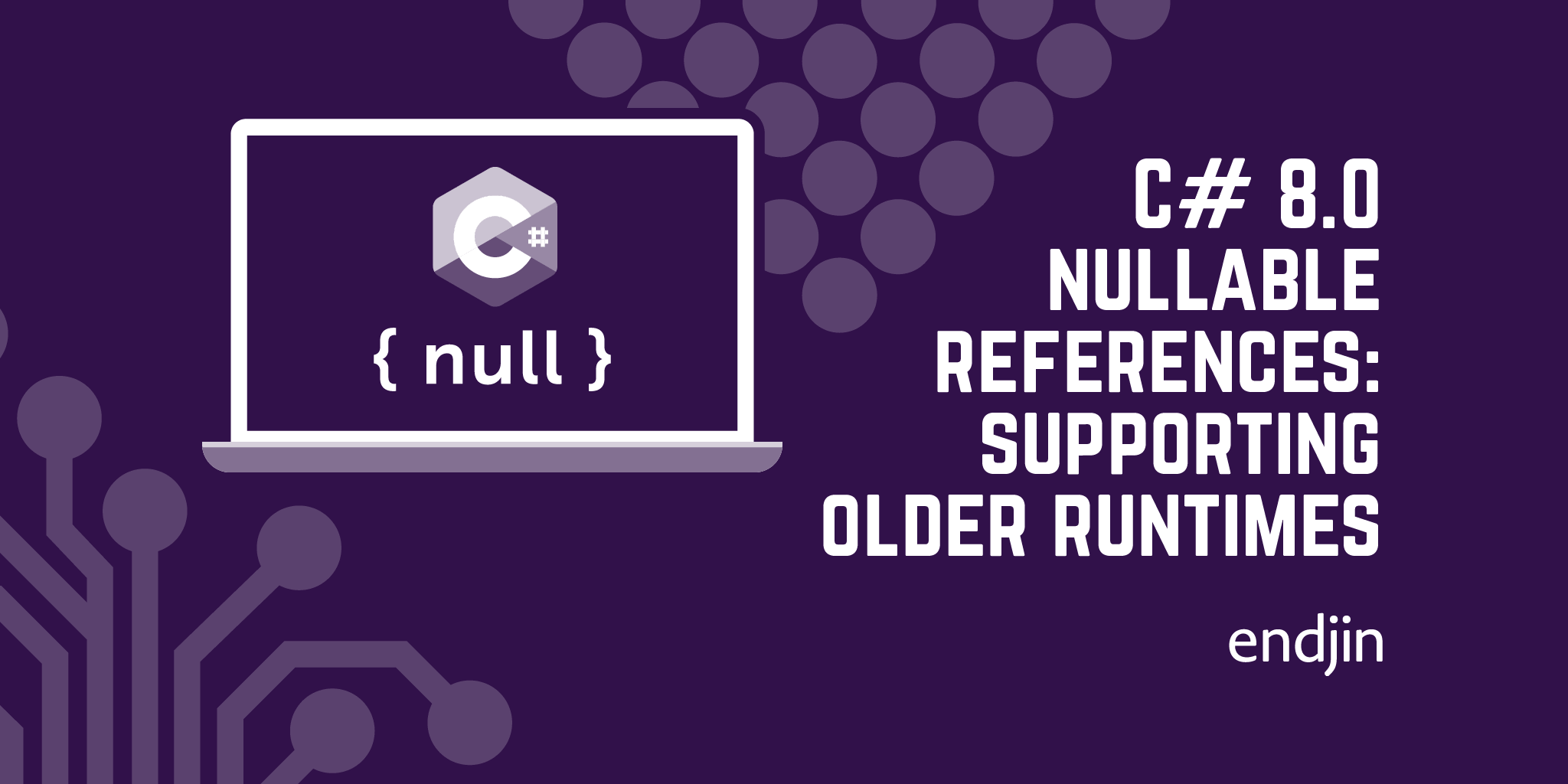
C# 8.0 nullable references: supporting older runtimes
See how to use C# 8.0 nullable references even when targetting older versions of .NET that don't officially support it.
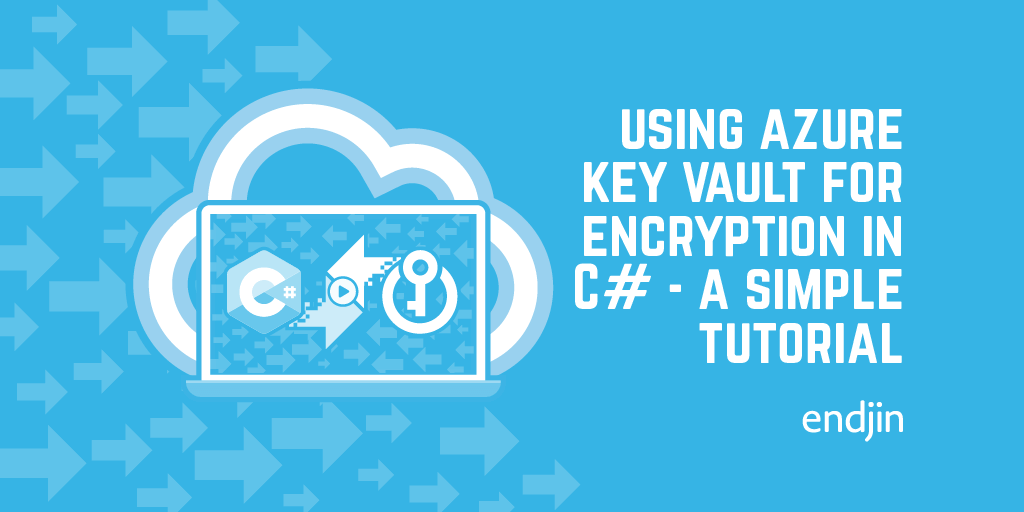
Using Azure Key Vault for Encryption in C# - A Simple Tutorial
Learn to encrypt data in your app using C# and Azure SDK libraries, and secure keys with Azure Key Vault. Discover the easy setup process in this blog.
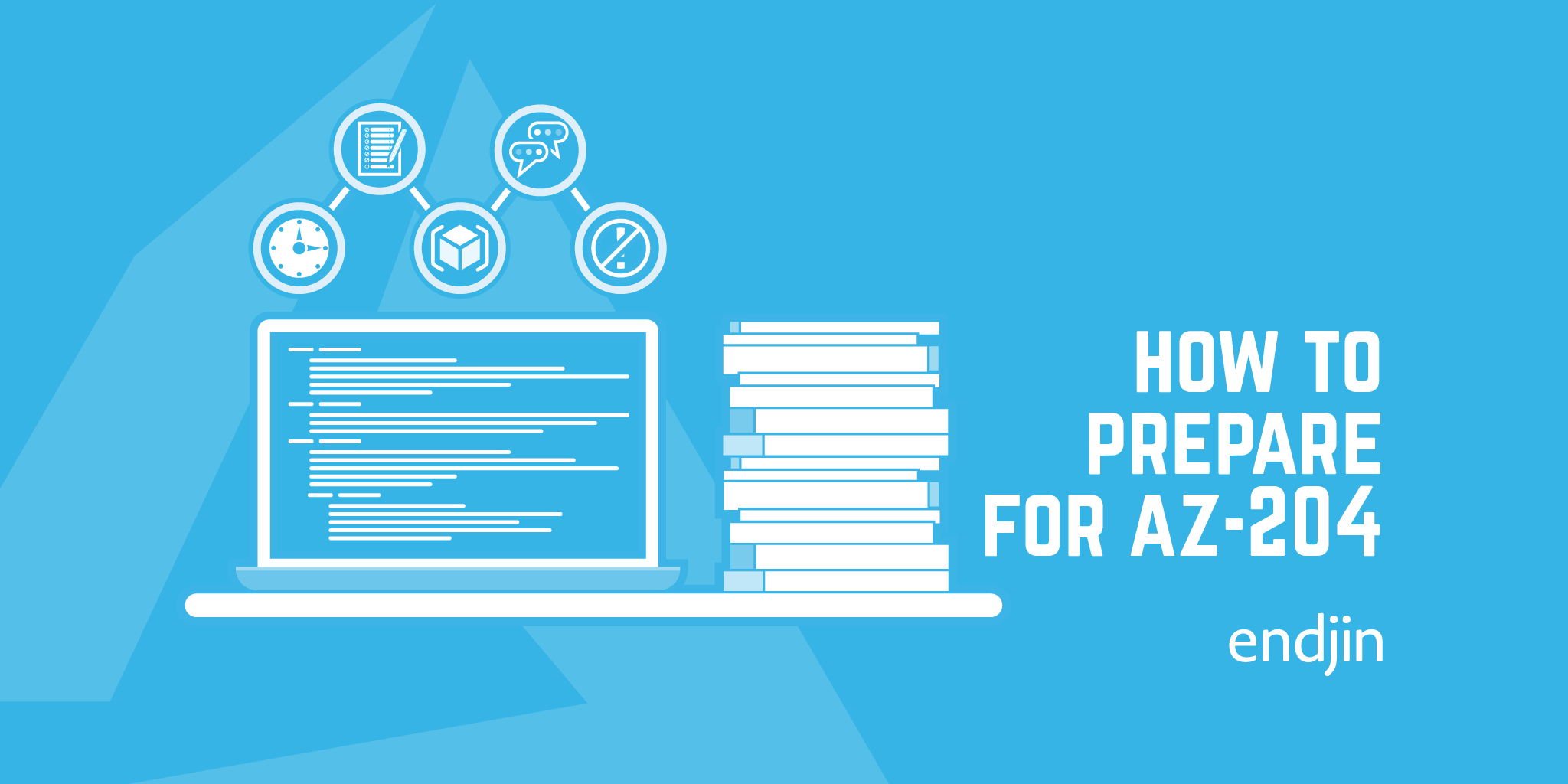
How to prepare for Exam AZ-204: Developing Solutions for Microsoft Azure
Carmel recently passed the 'Az-204 - Developing Solutions for Microsoft Azure' exam. Here she shares how she went about preparing!
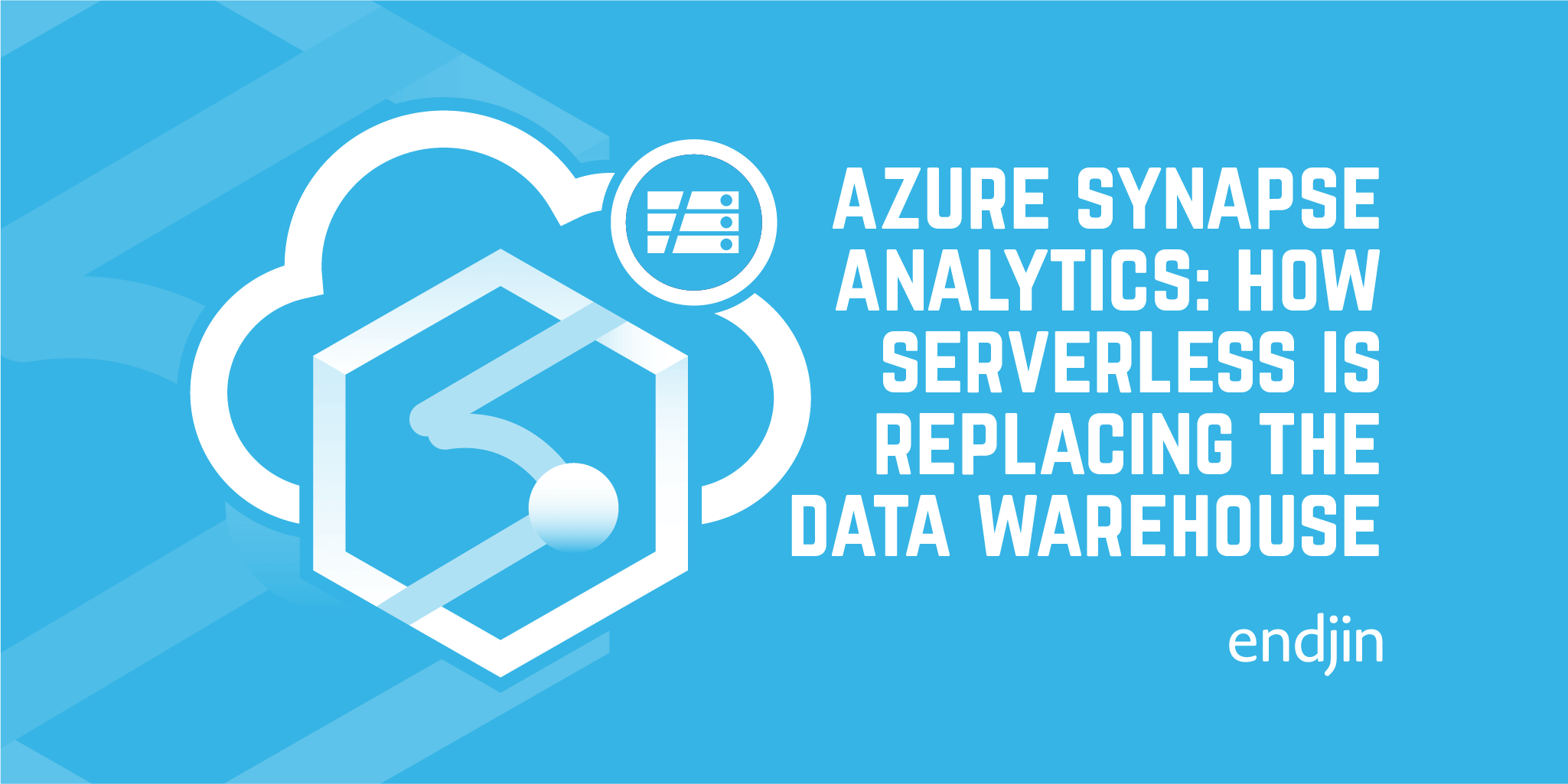
Azure Synapse Analytics: How serverless is replacing the data warehouse
Serverless data architectures enable leaner data insights and operations. How do you reap the rewards while avoiding the potential pitfalls?
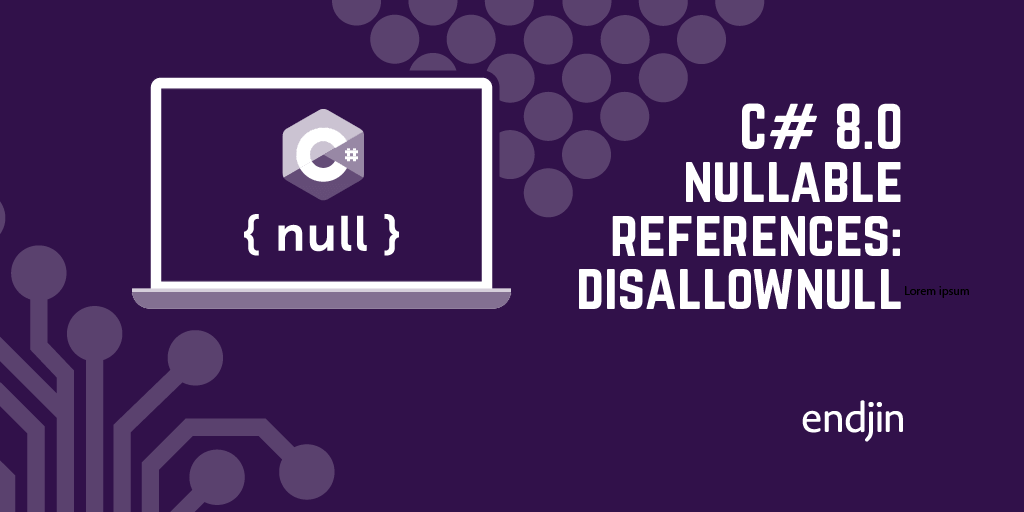
C# 8.0 nullable references: more type system transcendence with DisallowNull
C# 8.0 nullable references help identify potential null-related bugs. DisallowNull attribute enhances properties and generics.
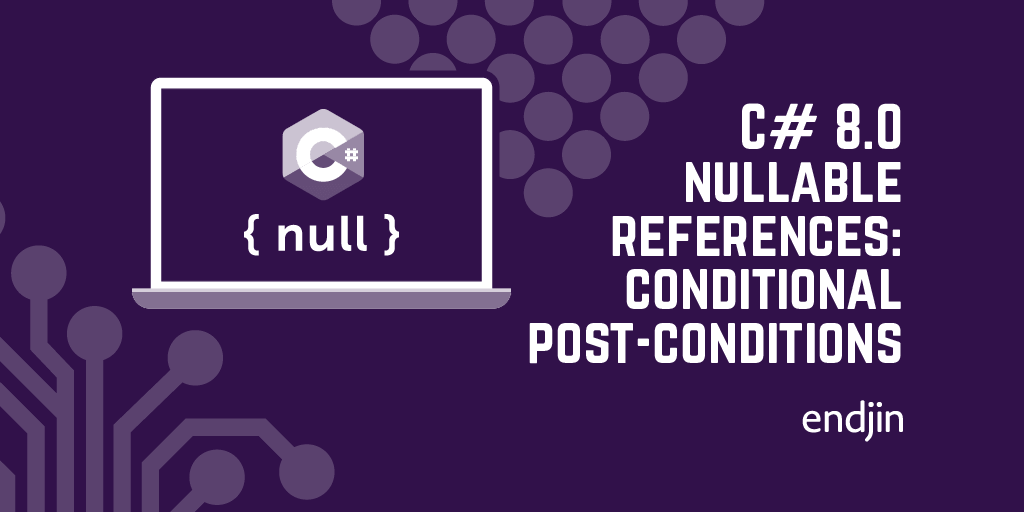
C# 8.0 nullable references: conditional post-conditions
Explore C#8's NotNullWhen, MaybeNullWhen, & NotNullIfNotNull attributes for improved nullability warnings, aiding method output inference from inputs.
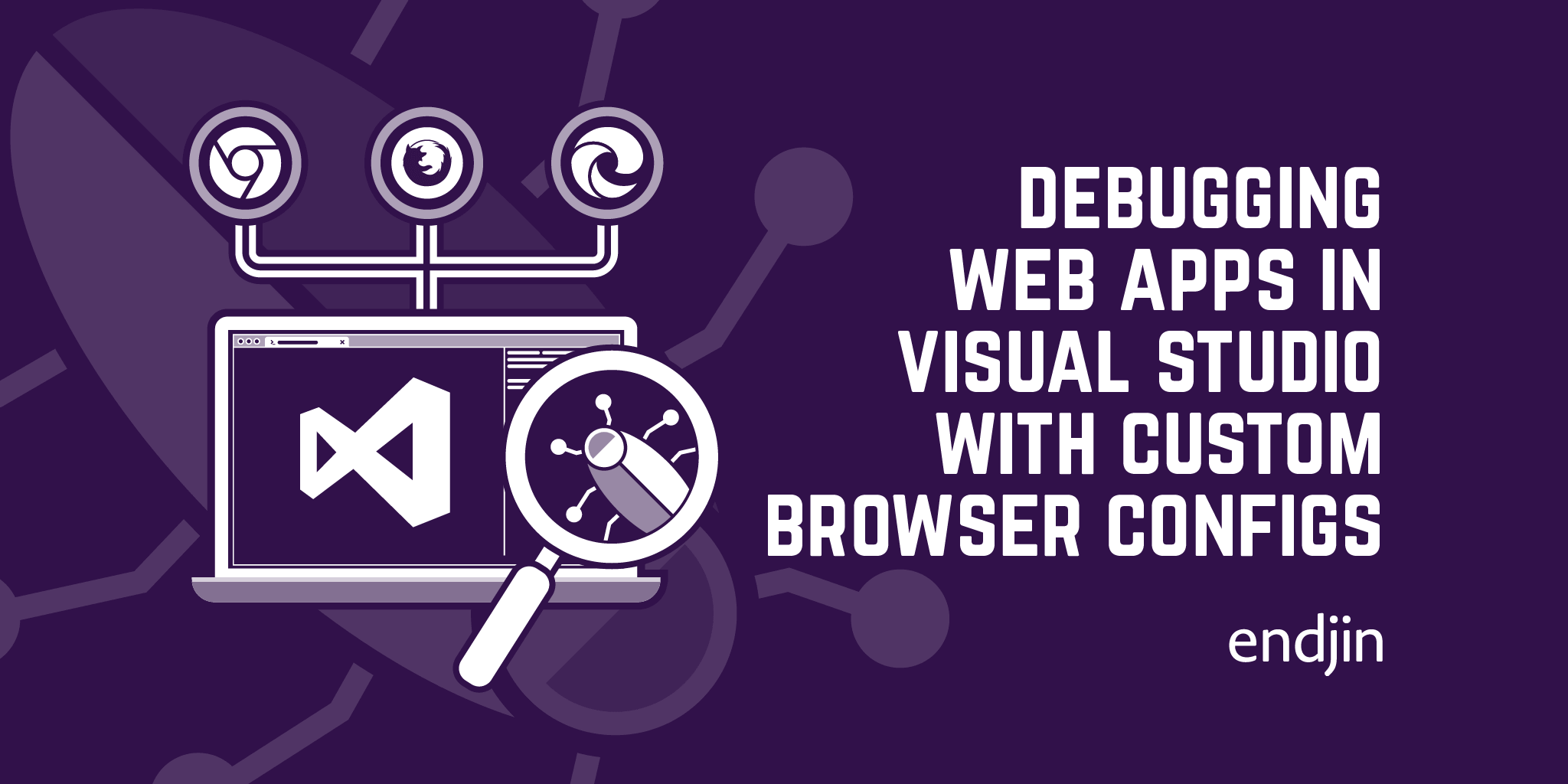
Debugging web apps in Visual Studio with custom browser configurations
Discover how to auto-open browsers in private mode or with custom profiles for web app debugging in Visual Studio.
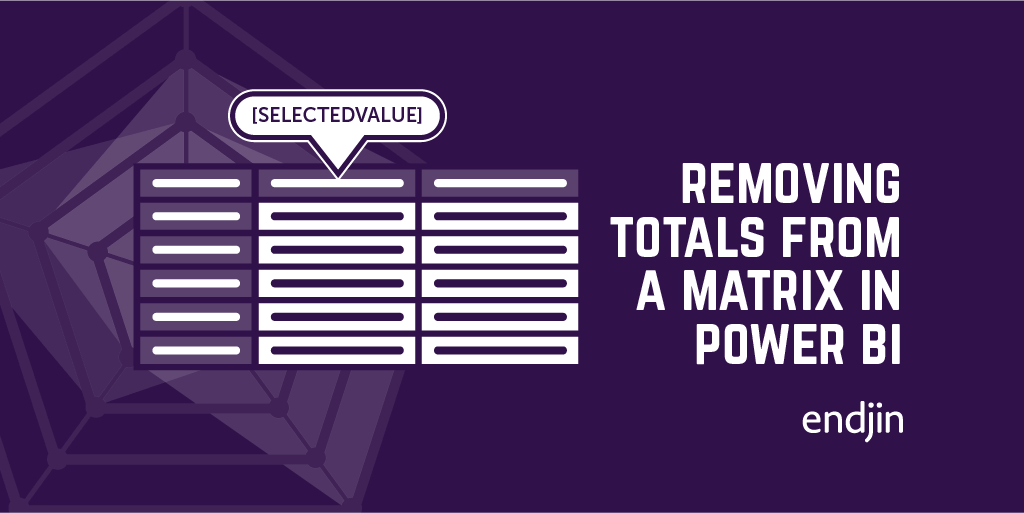
Quick tip – Removing totals from a matrix in Power BI
Here is a quick tip on how to remove column summarisation from a matrix in Power BI!
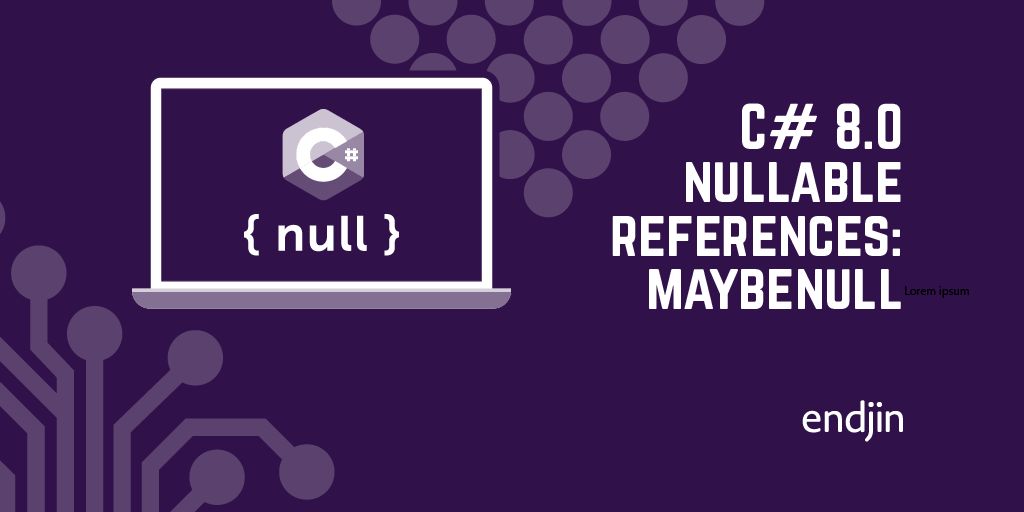
C# 8.0 nullable references: MaybeNull
The MaybeNull attribute enables C#8's nullable references feature to provide more useful warnings, by helping it infer information about a method output.
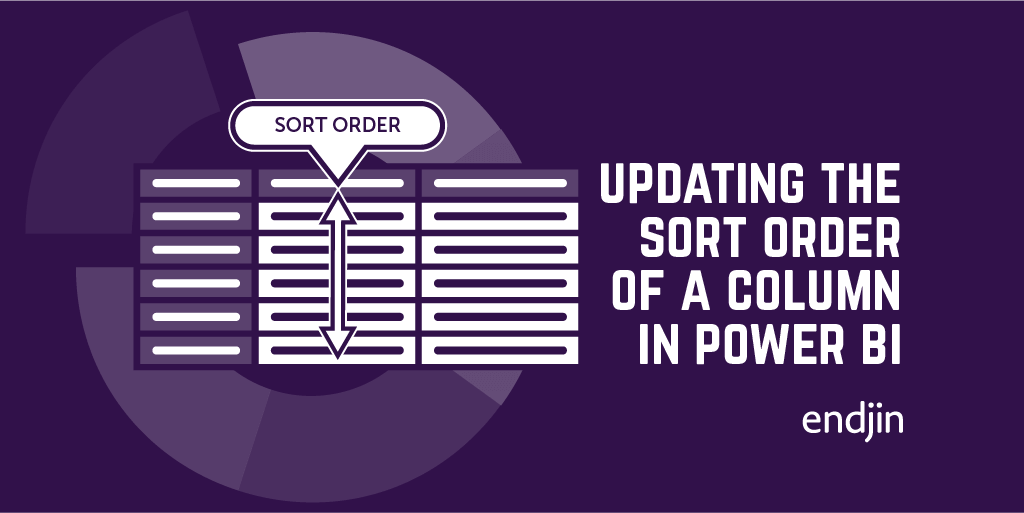
Quick tip – Updating the sort order of a column in Power BI (avoiding circular references)
Here's a quick tip on how to alter the sort order of a column in Power BI!
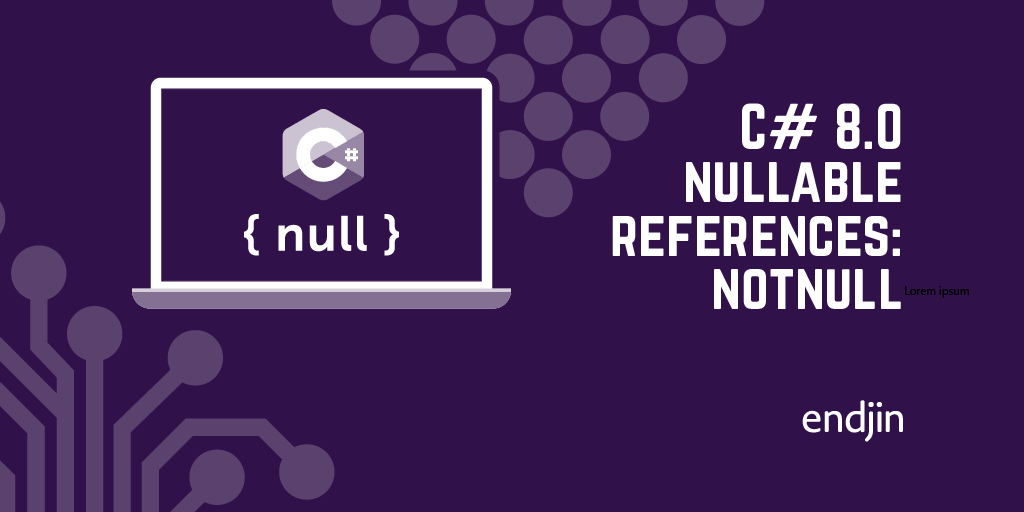
C# 8.0 nullable references: NotNull
The NotNull attribute enables C#8's nullable references feature to provide more useful warnings, by helping it infer information about a method argument.
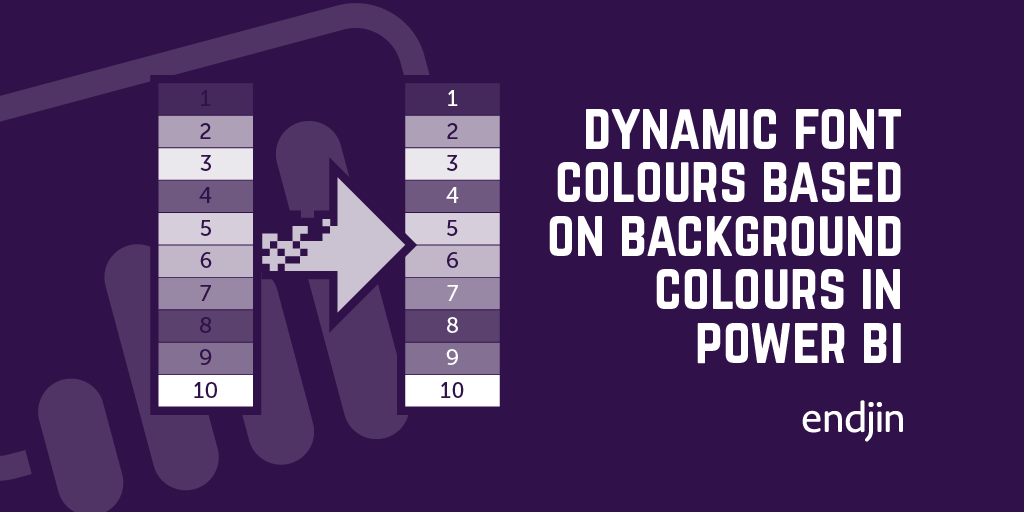
How to dynamically choose the correct font colour based on a background colour in Power BI tables.
Boost Power BI report readability with dynamic font colors for diverse backgrounds, ensuring clear text display and enhanced accessibility.
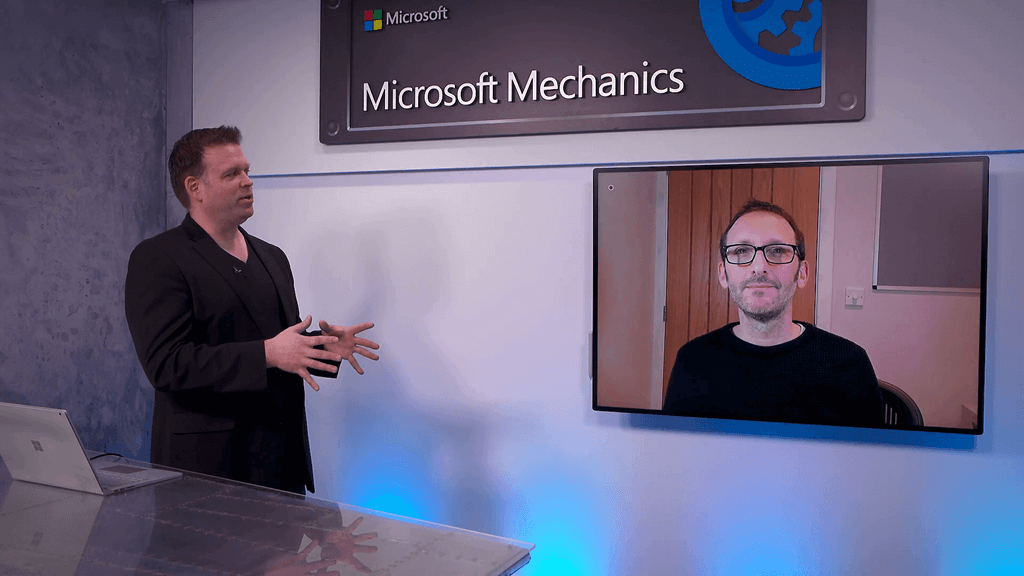
Talking about Azure Synapse on Microsoft Mechanics!
I was recently invited on to Microsoft Mechanics to talk about the new on-demand SQL Serverless offering within Azure Synapse. If you have been following along with my previous blog posts you will know that we've been hard at work applying Azure Synapse against real customer workloads. In the video I take you through the service by solving a real-world IoT problem for one of our telco customers.
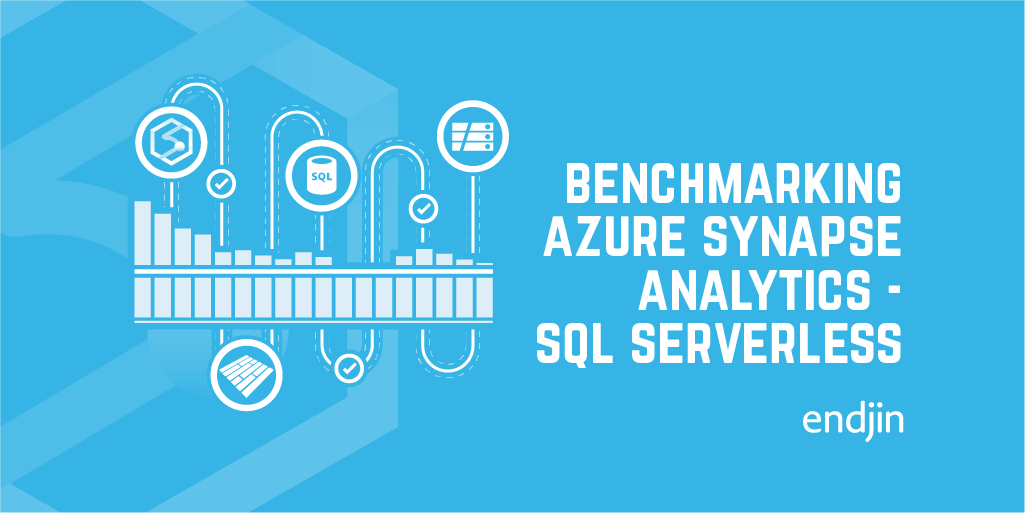
Benchmarking Azure Synapse Analytics - SQL Serverless, using Polyglot Notebooks
New Azure Synapse Analytics service offers SQL Serverless for on-demand data lake queries. We tested its potential as a Data Lake Analytics replacement.

Why you should apply for an apprenticeship at endjin...
At endjin we solve complex problems which cover a huge range of cloud services, data science techniques and industries. The work we do is massively varied and in this there is a huge opportunity. Hear about Carmel's experience in completing her apprenticeship here at endjin, and why you should consider our apprenticeship scheme!
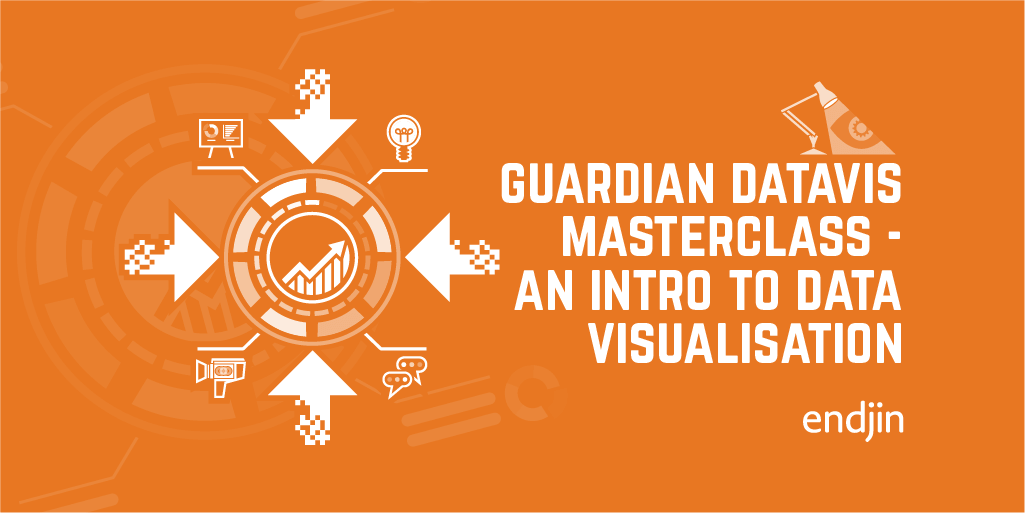
Guardian Masterclass - An introduction to Data Visualisation
A few years ago, I attended a Guardian 1-day Masterclass - Introduction to Data Visualisation. What I did not know then was that it would have a profound effect on how I view design. This blog is a recap of that day and reference points to consider when designing and creating graphics for data visualisation.
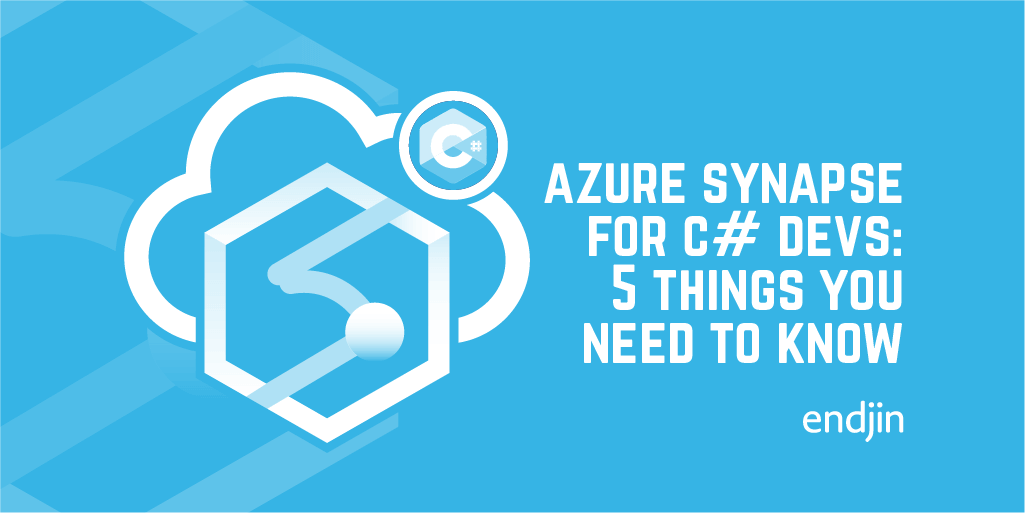
Azure Synapse for C# Developers: 5 things you need to know
Did you know that Azure Synapse has great support for .NET and #csharp? Learning new languages is often a barrier to digital transformation, being able to use existing people, skills, tools and engineering disciplines can be a massive advantage.
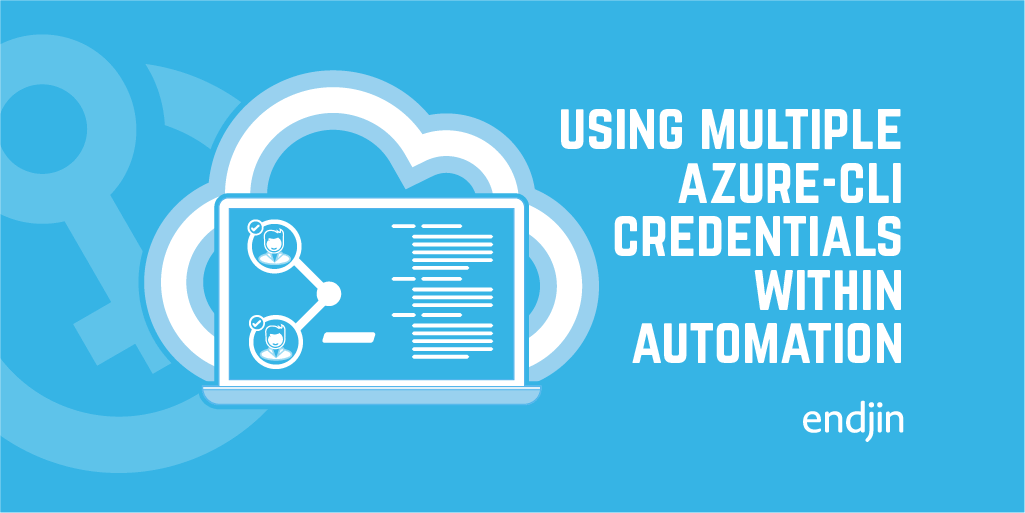
Using multiple azure-cli credentials within automation
Discover a technique for setting up multiple, concurrent authenticated sessions using azure-cli in this post.
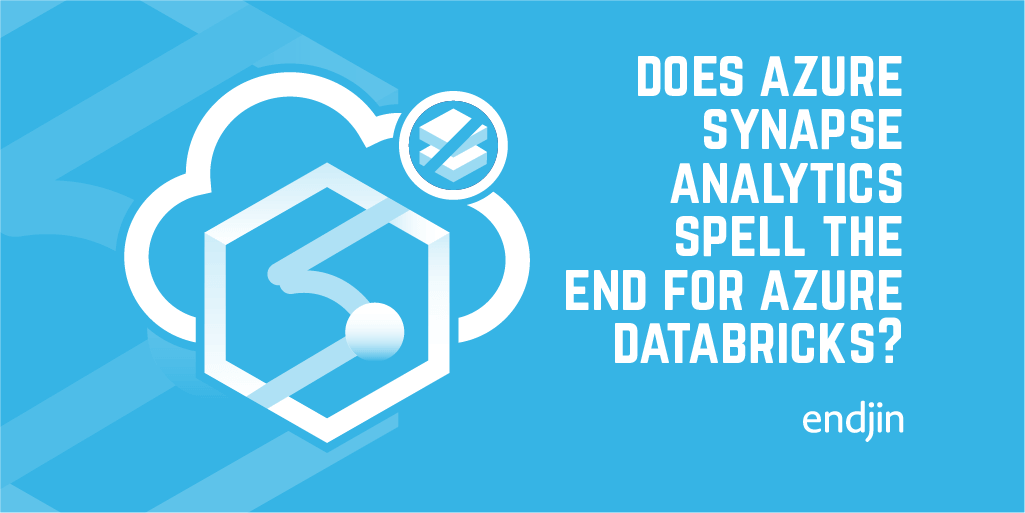
Does Azure Synapse Analytics spell the end for Azure Databricks?
Explore why Microsoft's new Spark offering in Azure Synapse Analytics is a game-changer for Azure Databricks investors.
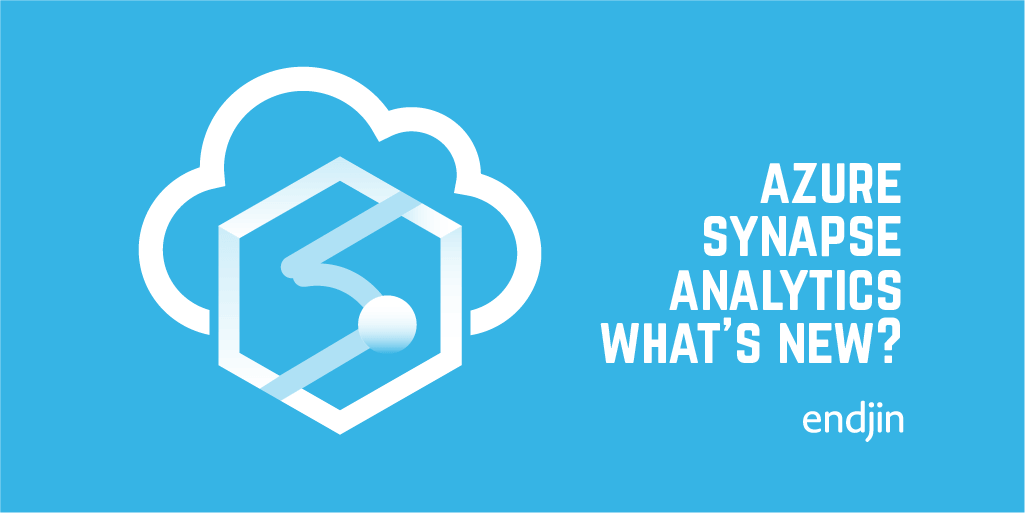
5 Reasons why Azure Synapse Analytics should be on your roadmap
Explore 5 key reasons to choose Azure Synapse Analytics for your cloud data needs, based on years of experience in driving customer outcomes.
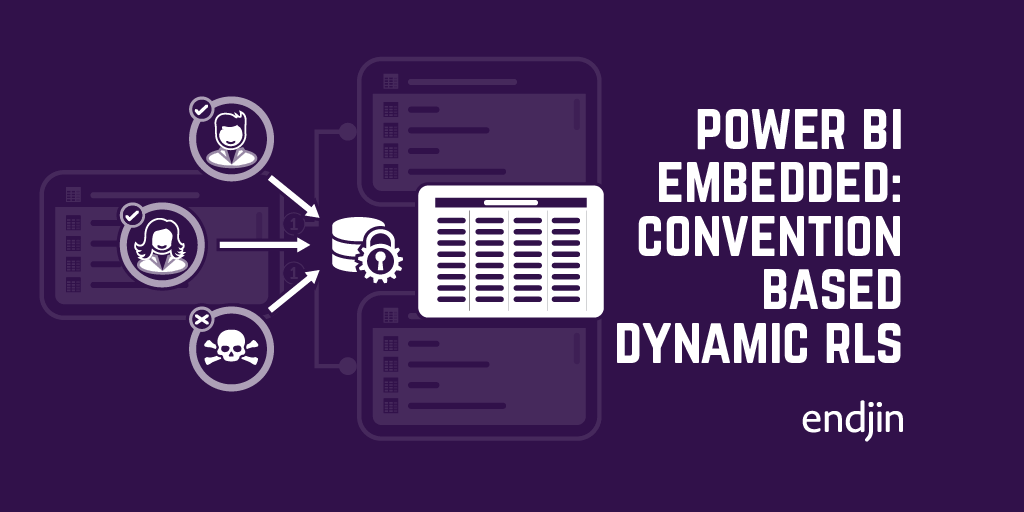
Power BI Embedded: Convention-based dynamic Row-level Security
Explore Power BI Embedded for ISVs, using JavaScript library for personalization, Row-level Security, and modifying Embed Requests for data filtering.

Depositing Cheques via a Mobile Banking Experience
It is possibly that I have only recently discovered one of my favourite pieces of UX whilst on lockdown - Mobile cheques deposits via digital imaging in my banking app. In this short post I share my experience of discovering a simple but practical piece of UX that made me happy.
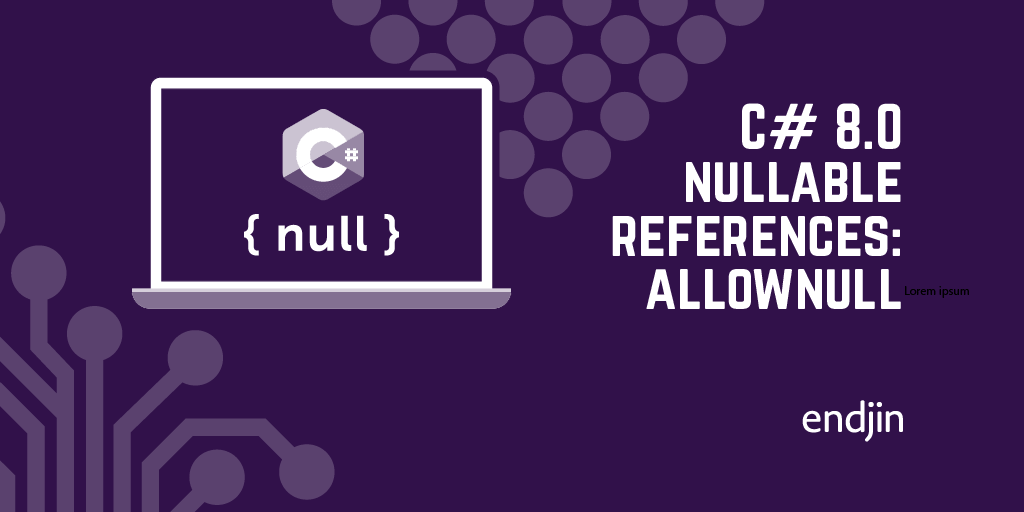
C# 8.0 nullable references: transcending the type system with AllowNull
Explore C# 8.0 nullable references & AllowNull attribute for better null-related bug detection and enhanced expressiveness in properties & generics.
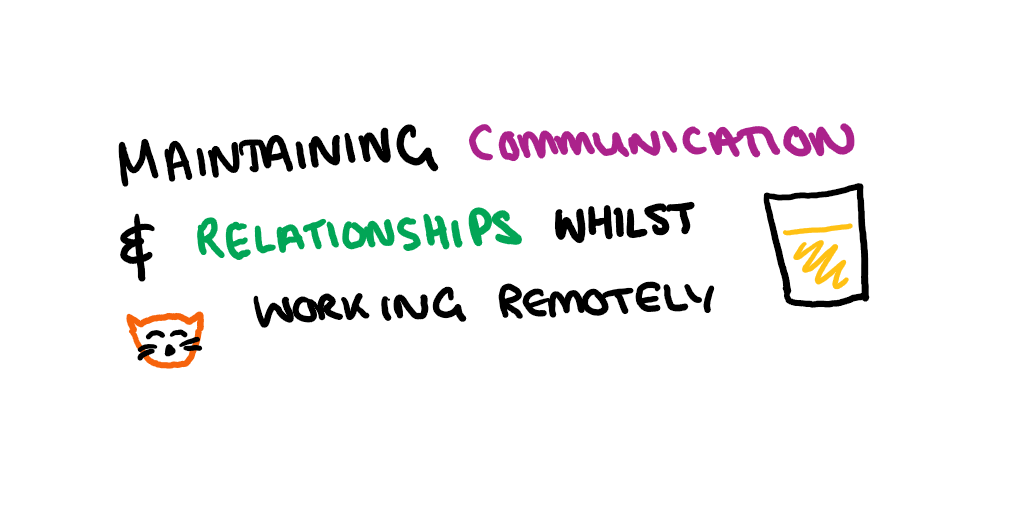
Maintaining communication and relationships within a remote team
With a lot of people all over the world suddenly finding themselves working remotely, I thought I'd share some thoughts on what I think is one of the most challenging parts of a company going fully remote: maintaining relationships.

How can I improve my data model in Power BI?
Explore how to configure model properties in Power BI for enhanced discoverability and improved data visualisation support.